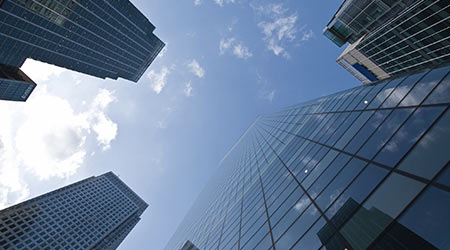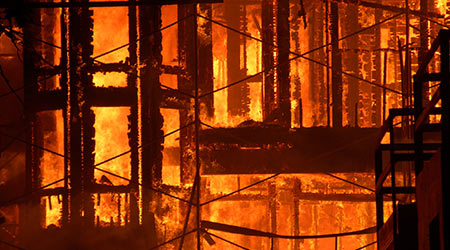
How To Prioritize and Measure Resilience
July 18, 2017
According to Evan Reis, executive director and co-founder of the U.S. Resiliency Council, resilience for buildings has three components, all of which intersect sustainability.
1) Avoidance — Reducing the impact of the environment on your building, as well as reducing the impact of your building on the environment.
2) Assignments — Using insurance and financial tools to assess risk and measure resilience.
3) Adaptation — While some impacts are expected, and not all can be avoided, the better a building is able to accommodate them, the better for business and organizational continuity.
According to USRC’s website, the organization’s rating system “considers the performance of a building’s structure, its mechanical, electrical and plumbing systems, and architectural components such as cladding, windows, partitions, and ceilings.” The USRC’s rating system measures resilience based on three additional factors:
1) Safety — Takes into account strategies specifically designed to protect occupants.
2) Damage — This is expressed as the amount of repair cost.
3) Recovery — The time required for an organization to get back on its feet and restore basic functions.
This Quick Read was submitted by Greg Zimmerman, executive editor, Building Operating Management. Read his cover story on the how sustainability and resilience complement each other.
Next
Read next on FacilitiesNet












